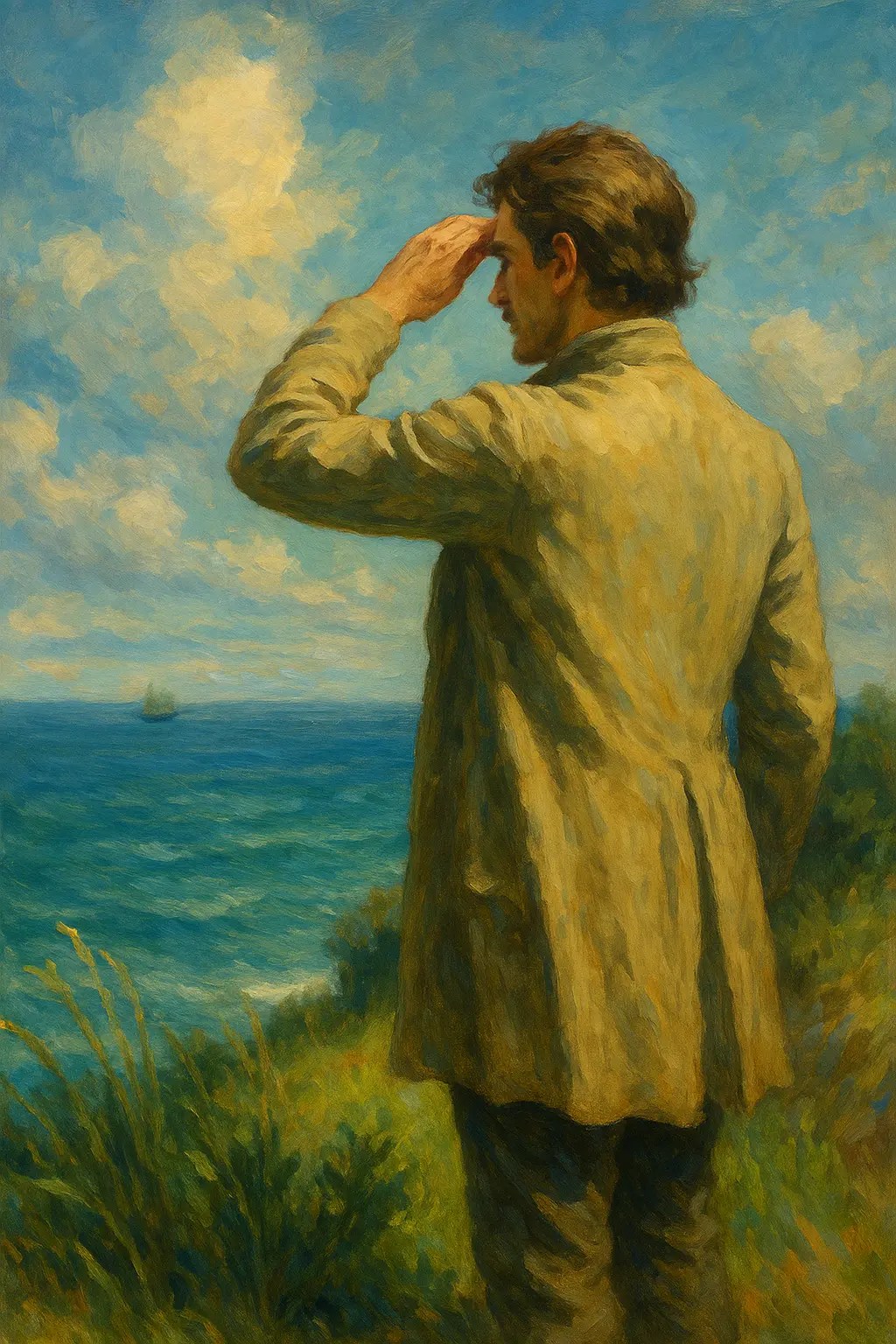Nauscopie: The Enigma of Distant Ship Detection
What is Nauscopie?
Nauscopie is a historical method of detecting ships at great distances, developed by Étienne Bottineau in the 18th century. It involves observing atmospheric disturbances and interpreting them as visual cues that indicate the presence and approximate location of ships.
Bottineau’s Discovery
Born in France, Bottineau spent years experimenting with nauscopie while stationed on the island of Mauritius. He claimed to have discovered that the approach of ships caused subtle changes in the atmosphere, which he could detect with his keen eyesight. These changes would manifest as “a mass of vapours,” “a cloudy mass,” or a “meteor” that would gradually “extend and become consistent.”
Verification and Skepticism
Bottineau’s predictions gained attention and support from local officials in Mauritius, including Governor Viscomte François de Souillac. De Souillac conducted an eight-month trial and confirmed Bottineau’s remarkable accuracy in predicting the arrival of ships.
However, skepticism remained. Some questioned the validity of Bottineau’s claims, suggesting they were either hallucinations or confidence tricks. Despite these doubts, Bottineau continued to assert that nauscopie was a legitimate science, based on careful observation and interpretation of atmospheric phenomena.
Later Practitioners and Modern Applications
Bottineau was not the only practitioner of nauscopie. In the early 19th century, Royal Navy Captain Francis Maude encountered an elderly Mauritian who had learned nauscopie from Bottineau and claimed to have had “unvarying success.”
In more recent times, individuals such as Thomas Trood have claimed to have rediscovered and codified Bottineau’s secret. While scientific validation remains elusive, there is speculation that nauscopie may still be effective in areas with clear atmospheric conditions and minimal interference from ocean traffic.
Limitations and Challenges
Despite Bottineau’s claims of remarkable accuracy, nauscopie has limitations. It requires clear atmospheric conditions and is less effective in the busy sea lanes of the North Atlantic. Additionally, the interpretation of atmospheric disturbances is subjective and may vary from one observer to another.
Nauscopie in the Tropics
Bottineau believed that nauscopie was most effective in the calm, balmy waters of the tropics. He suggested that someone with good eyesight and patience could potentially detect ships from hundreds of miles away, given the right conditions.
Conclusion
Nauscopie remains an intriguing and enigmatic method of ship detection. While its scientific validity is still debated, the historical evidence and anecdotal accounts suggest that it may have been a genuine phenomenon practiced by skilled observers in the past. As we continue to explore the capabilities of human perception and atmospheric science, the potential of nauscopie for modern applications remains an open question for future research.

